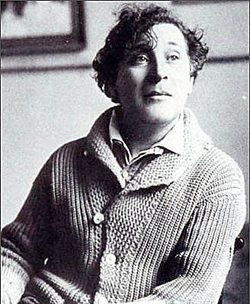
This
biography of Marc Chagall discusses his Hasidic upbringing, his escape from Europe during World War II, and the influence of war on his work.
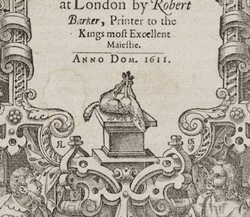
This
blog post by Jay Voss analyzes the elements of the first page of the New Testament in the King James Bible.
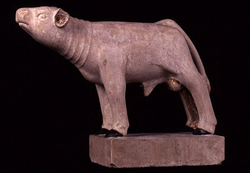
Steven Lemieux's
blog post about Eric Gill's
Golden Calf considers representations of calves as both virile and innocent, as both animals and gods.
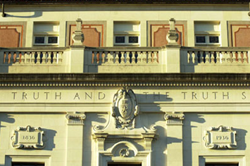
This
blog post from Harry Ransom Center curator Danielle Sigler describes the King James Bibles influences on campus and in culture.
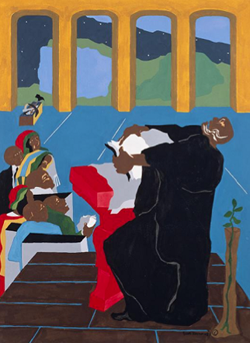
Jacob Lawrence's memories of Adam Clayton Powell Sr.'s sermons at the Abyssinian Baptist Church in Harlem, New York are
detailed here by
viz. blogger Ty Alyea.
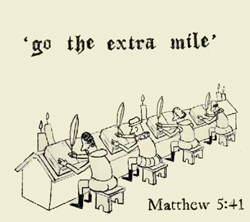
This short and
highly amusing video shows how the King James Bible has influenced the English language.
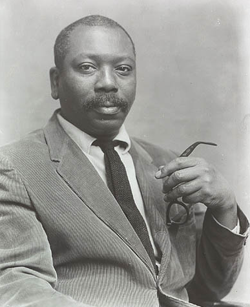
You can read more about Jacob Lawrence's life growing up in Harlem and his work during the Civil rights movement on
this website.
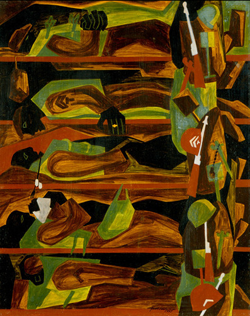
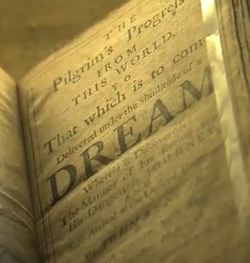
This video, created by the Manifold Greatness curators of this exhibition, details the influences the
King James Bible has had on literary works.

This exhibition was created by a partnership of the Bodleian library, the Folger Shakespeare Library, and the Harry Ransom Center. Their website,
Manifold Greatness, is a wealth of information about this exhibition.
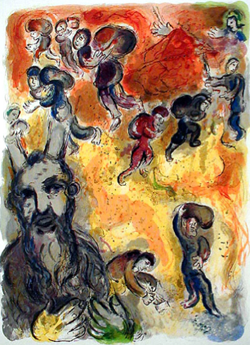
If you find the presence of Jewish artist Marc Chagall's work in this exhibition, you'll want to read about how the artis was influenced by Christian forms in
this post by
viz. blogger Marjorie Foley.
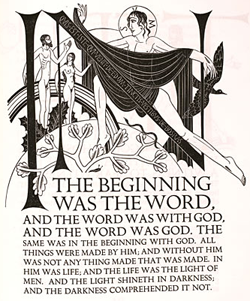
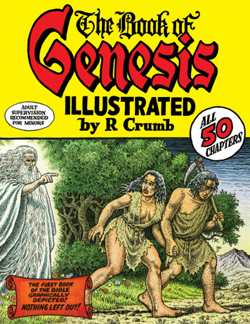
What do Bob Marley, R. Crumb, and
The Book of Eli have in common? That's right, the Bible!
Read more here.
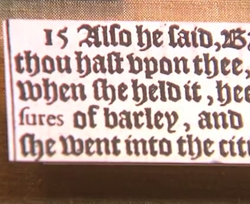
In
this video, you'll learn all about printing errors in early versions of the
King James Bible.
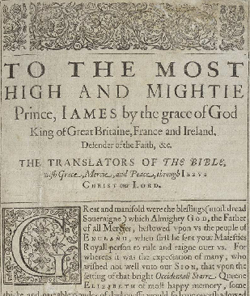
The creators of Manifold Greatness have digitized a number of images from the first edition of the King James Bible. You can explore those images
here.
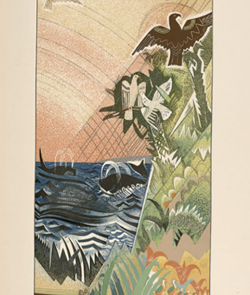
Through reading
this post by viz. blogger Lisa Gulessarian, you'll learn all about François-Louis Schmied’s engravings of the Creation and Ruth stories and the Art Deco and Orientalist influences on his work.
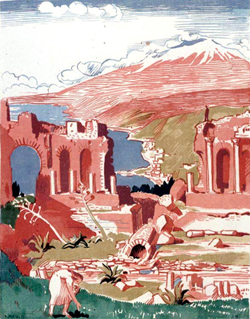
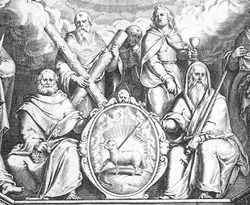
In
this post, viz. blogger Jay Voss explains how the title page of the
King James Bible page relates to King James’s succession to the English throne and his creation of the Union Jack
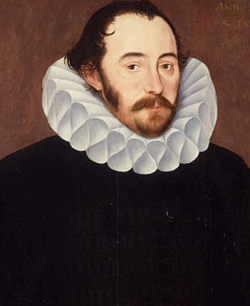
In
this video, Dr. Daniel Wallace, an expert on New Testament Greek, explain the difference between the King James Bible and modern translations.
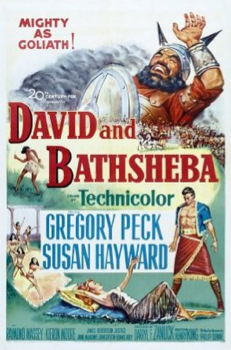
In this
post, including Bunyan's Pilgrim's Progress, viz. blogger Ty Alyea examines the theme of wandering in Christian works.
Recent comments
2 years 29 weeks ago
2 years 44 weeks ago
2 years 44 weeks ago
2 years 50 weeks ago
3 years 4 weeks ago
3 years 4 weeks ago
3 years 4 weeks ago
3 years 6 weeks ago
3 years 6 weeks ago
3 years 6 weeks ago